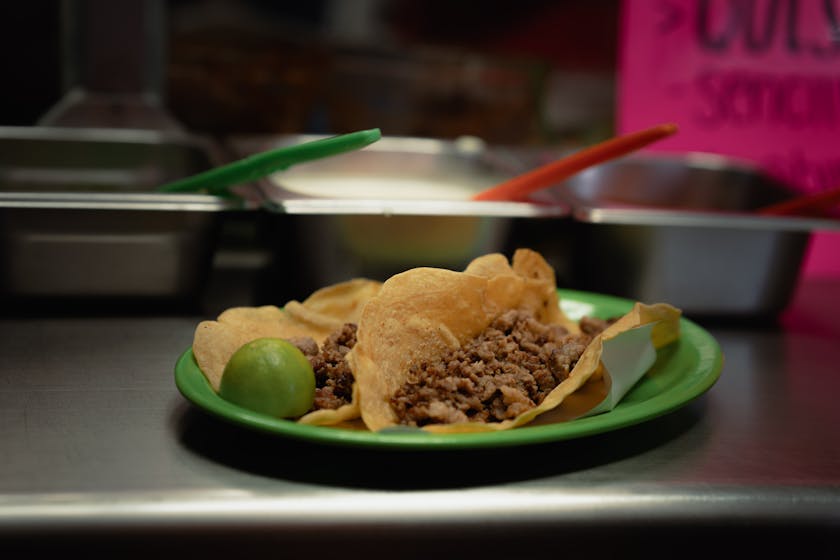If you’re looking to embrace once-a-month cooking, understanding the intricacies of bulk meal storage for emergency preparedness is crucial. With strategic planning and the right techniques, you can ensure your meals remain safe and tasty for when you need them most.
The Importance of Bulk Meal Storage in Your Prepping Plan
When it comes to emergency preparedness, having a well-thought-out plan for food storage can make a significant difference. Bulk meal storage not only provides peace of mind but also ensures nutritional needs are met during unexpected situations. By incorporating once-a-month cooking into your routine, you can efficiently prepare and store meals that will sustain you and your loved ones.
Choosing the Right Containers for Long-Term Storage
Selecting appropriate containers is the first step in safeguarding your meals. You’ll want to choose airtight, moisture-resistant, and durable options such as vacuum-sealed bags, glass jars, or food-grade plastic containers. These materials help prevent spoilage and protect your food from contaminants.
Organizing Your Storage Space Effectively
Once you have your containers ready, the next step is organizing your storage space. Utilize shelving units to keep everything accessible and in view. Labeling each container with the contents and date of storage will help you keep track of your inventory and ensure proper rotation.
Essential Tips for Freezing and Refrigerating Bulk Meals
Freezing is an excellent method for preserving the quality of your once-a-month cooking efforts. To prevent freezer burn, wrap your meals tightly and remove as much air as possible from the containers. It’s also important to cool your meals before freezing to maintain texture and flavor.
Refrigeration, while not as long-term as freezing, can be suitable for meals you plan to consume within a few days. Ensure your fridge is set to the right temperature to prevent bacterial growth and spoilage.
Understanding the Shelf Life of Different Foods
Each type of food has its own shelf life, which needs to be considered when preparing bulk meals. Grains, for example, can last for years when stored properly, while dairy products have a much shorter shelf life. Familiarize yourself with these details to maximize the longevity of your stored meals.
Implementing a Rotation System to Maintain Freshness
Implementing a rotation system is essential. Use the “first-in, first-out” (FIFO) method to consume older meals first. This practice not only ensures you’re eating the freshest food possible but also helps to minimize waste.
Safe Thawing Practices for Once-a-Month Cooking
When it’s time to enjoy your meals, safe thawing is critical. Plan ahead and allow meals to thaw gradually in the refrigerator. If you need to thaw more quickly, use a cold water bath or microwave, but be sure to cook immediately after to prevent any potential bacterial growth.
Once-a-month cooking paired with effective bulk meal storage can significantly enhance your emergency preparedness. By following these guidelines, you can ensure that you have a reliable supply of nutritious meals, ready at a moment’s notice.
Remember, the key to successful bulk meal storage for emergency preparedness is to start with a plan, choose the right materials, understand the shelf life of your foods, and maintain a consistent rotation system. With these strategies in place, you’ll have a dependable food supply that can withstand unexpected events, giving you one less thing to worry about in times of crisis.



